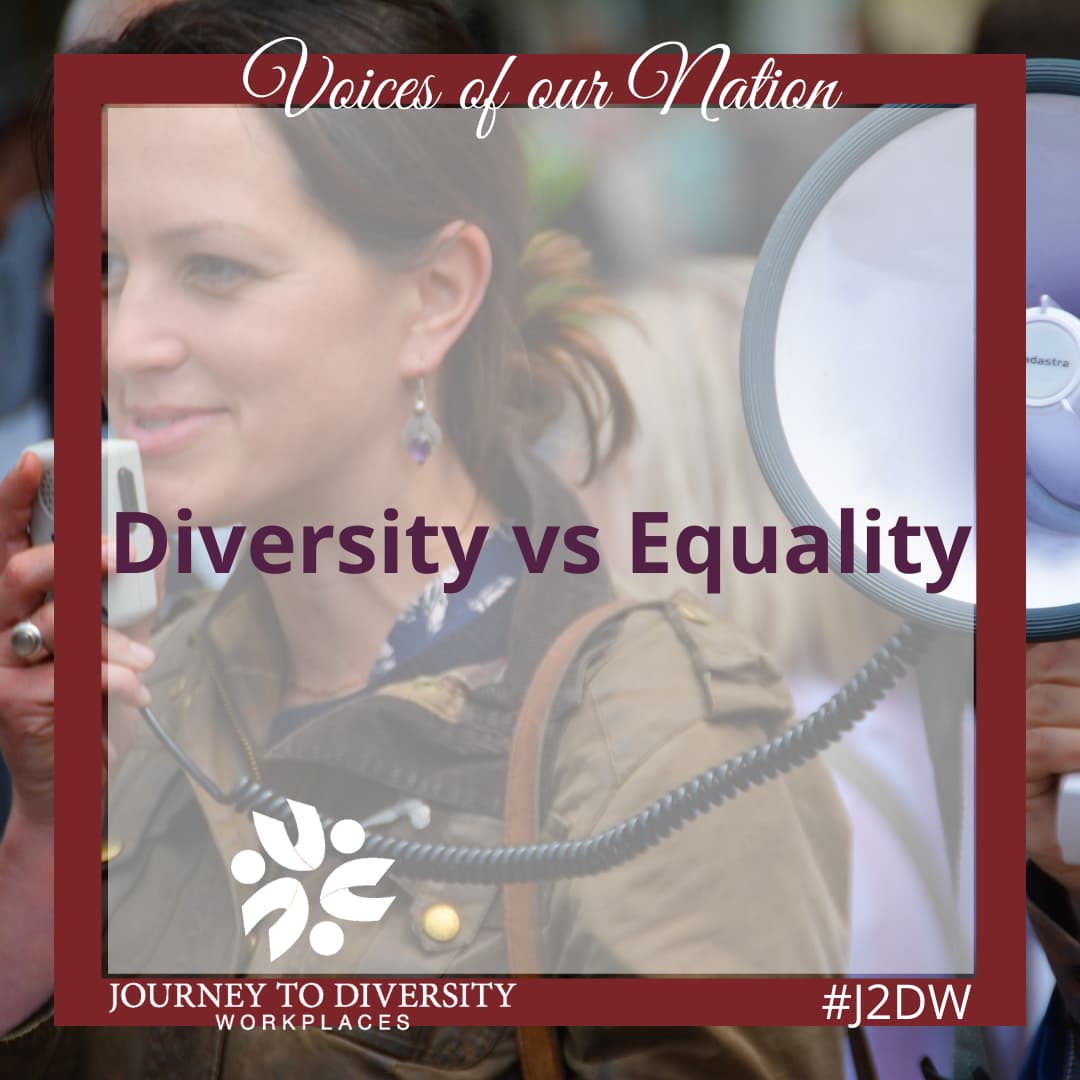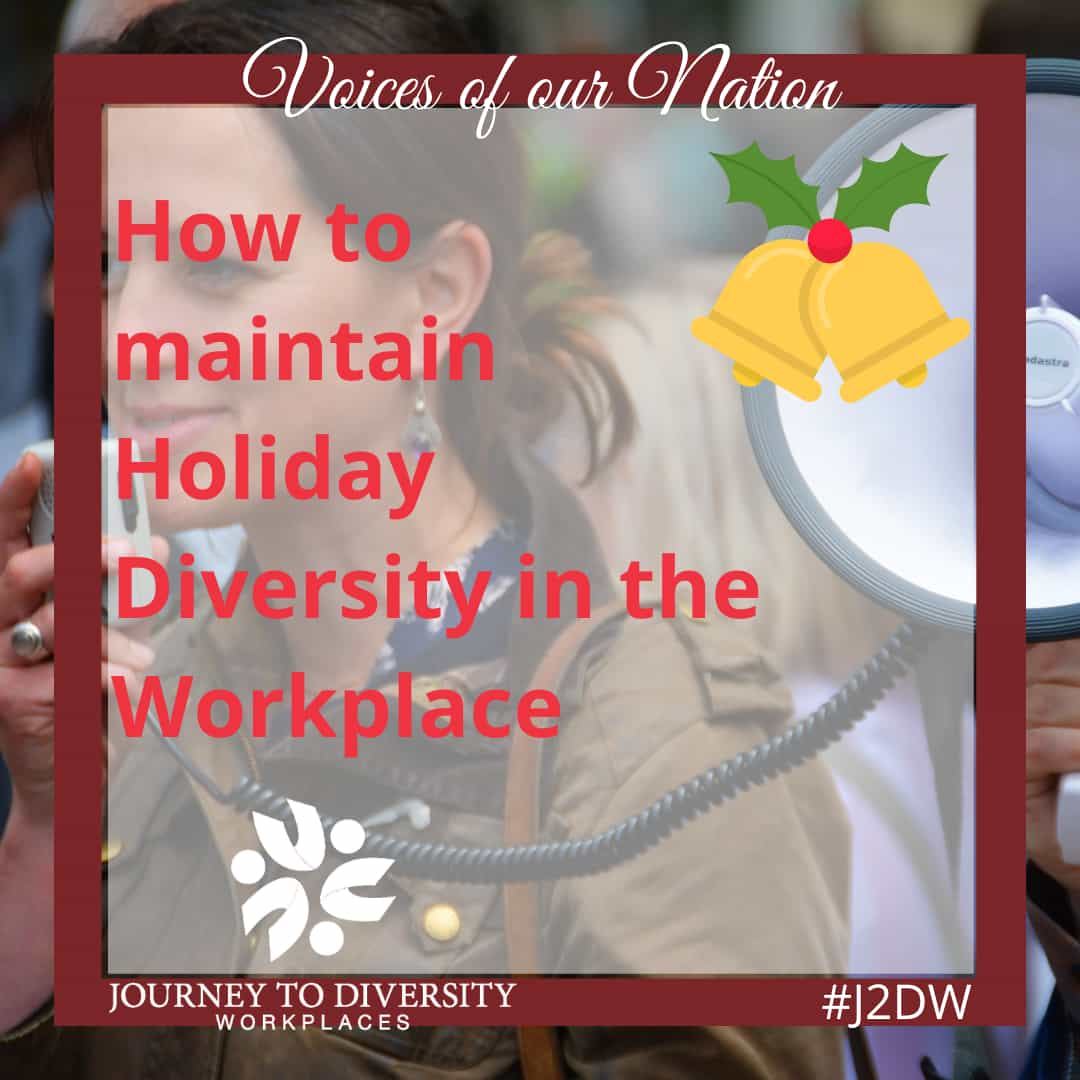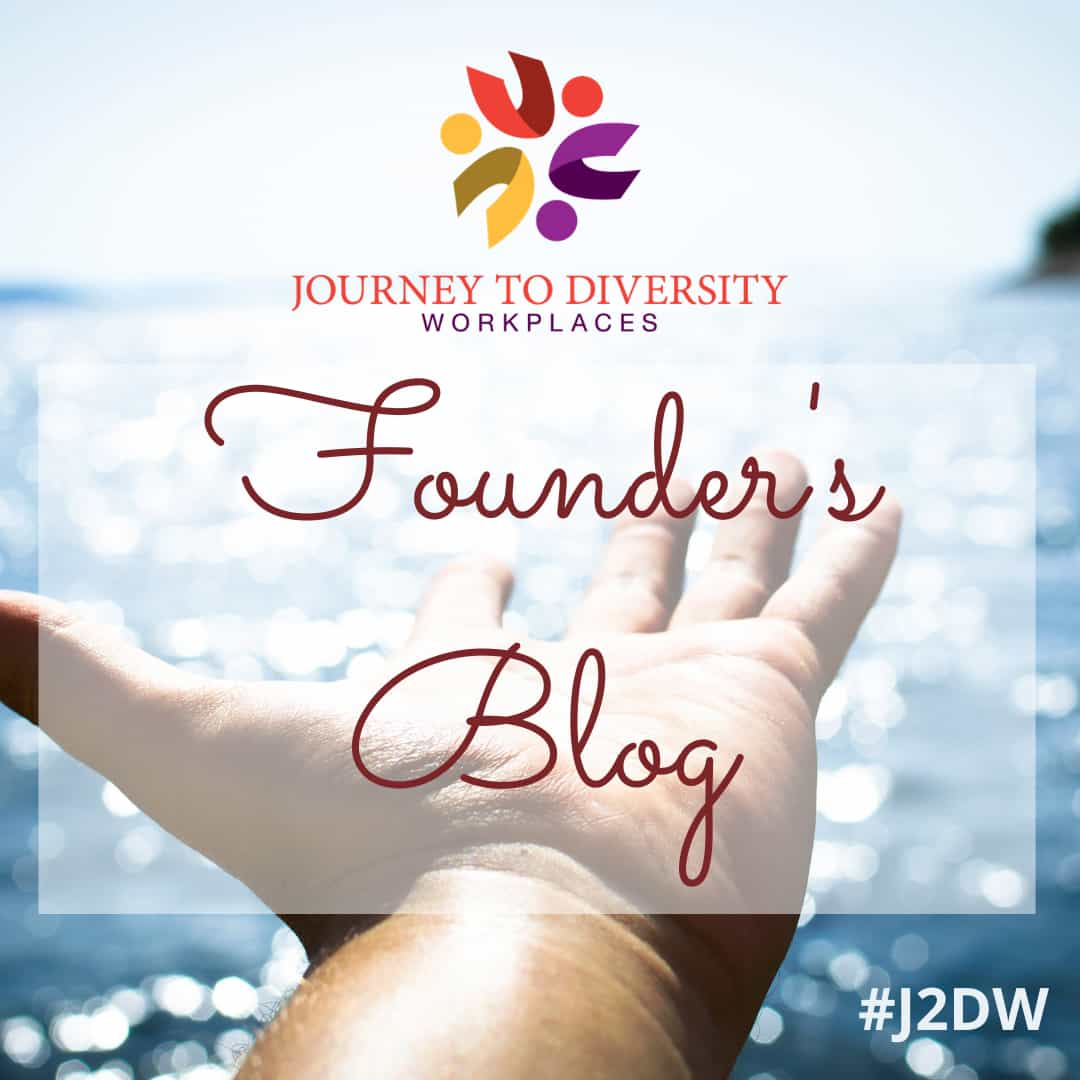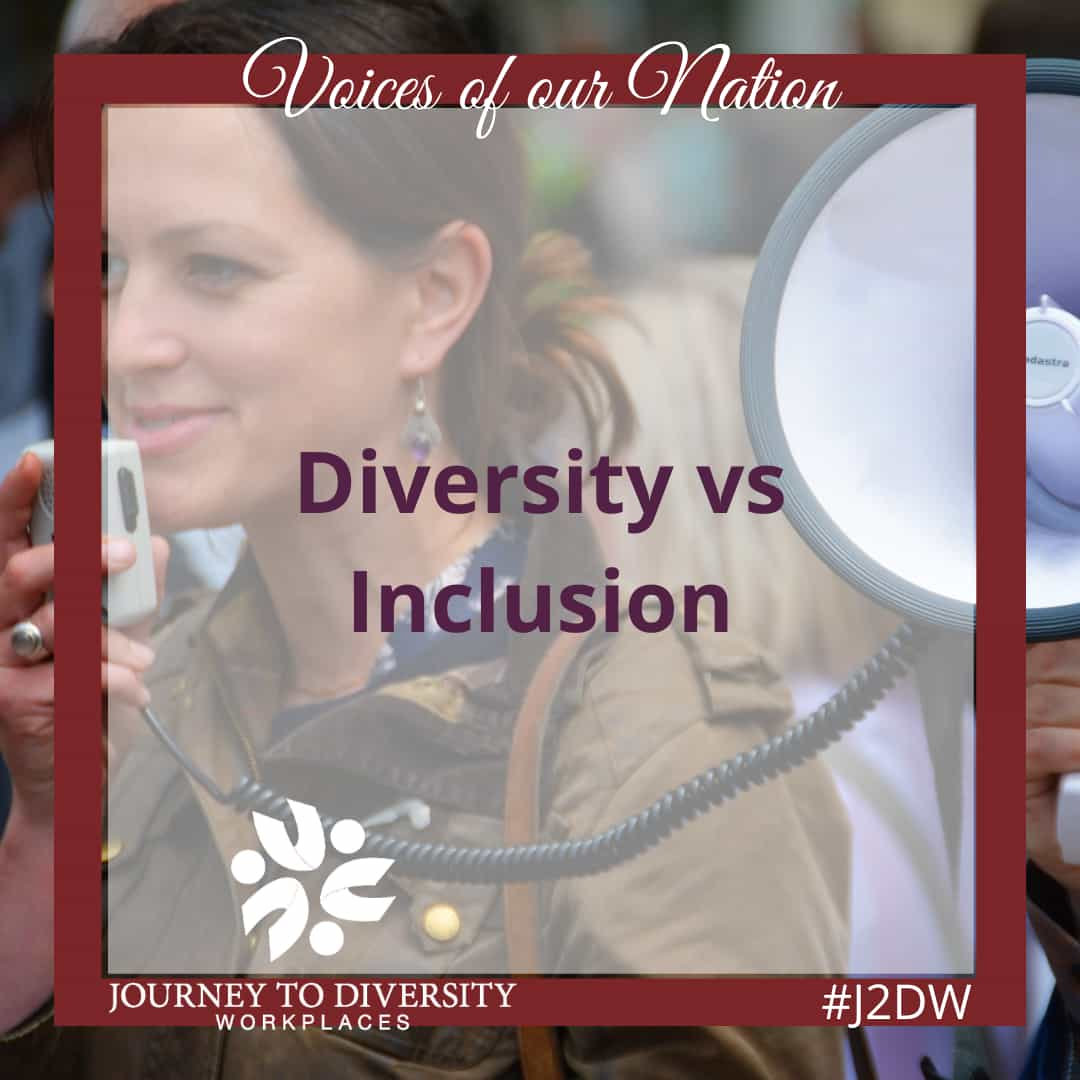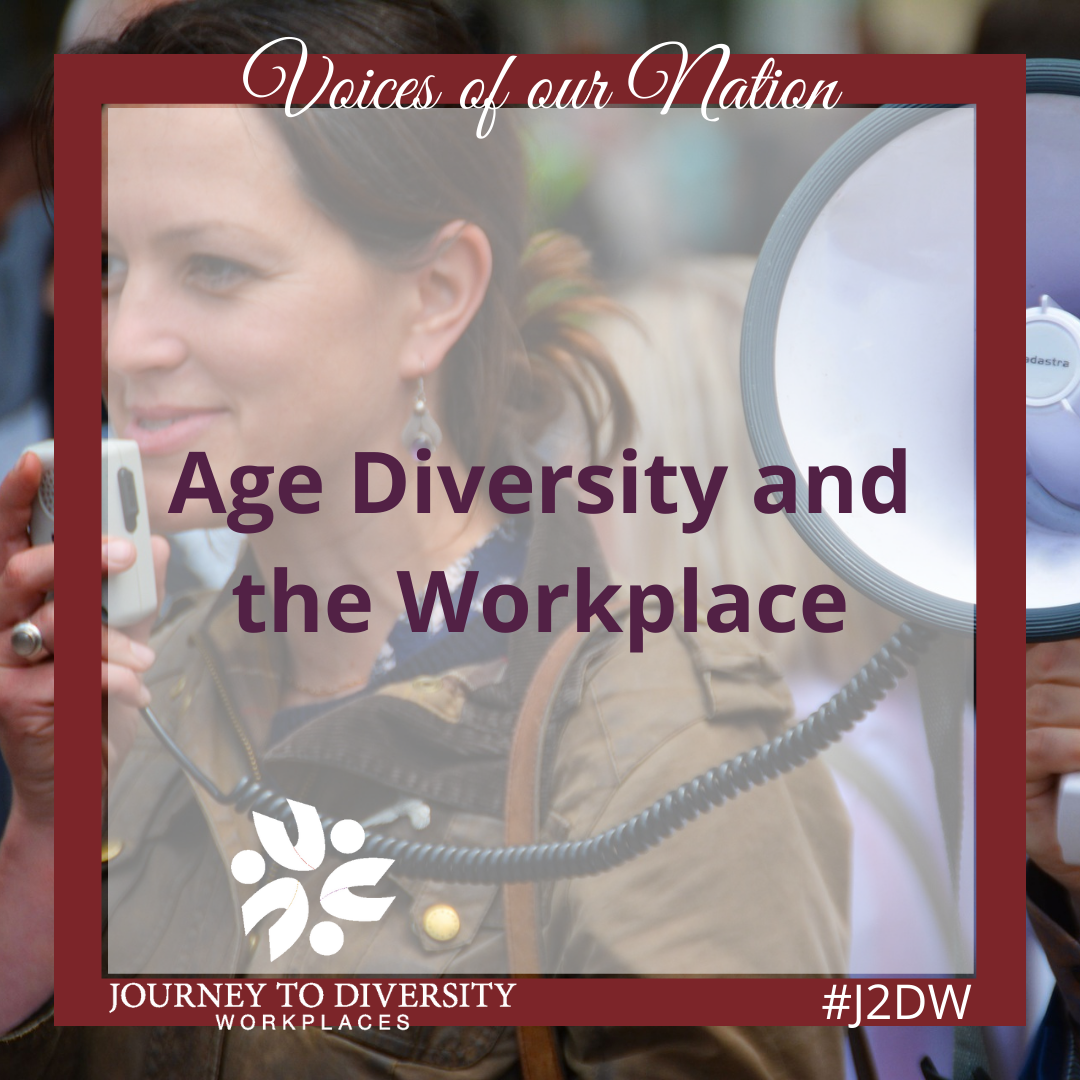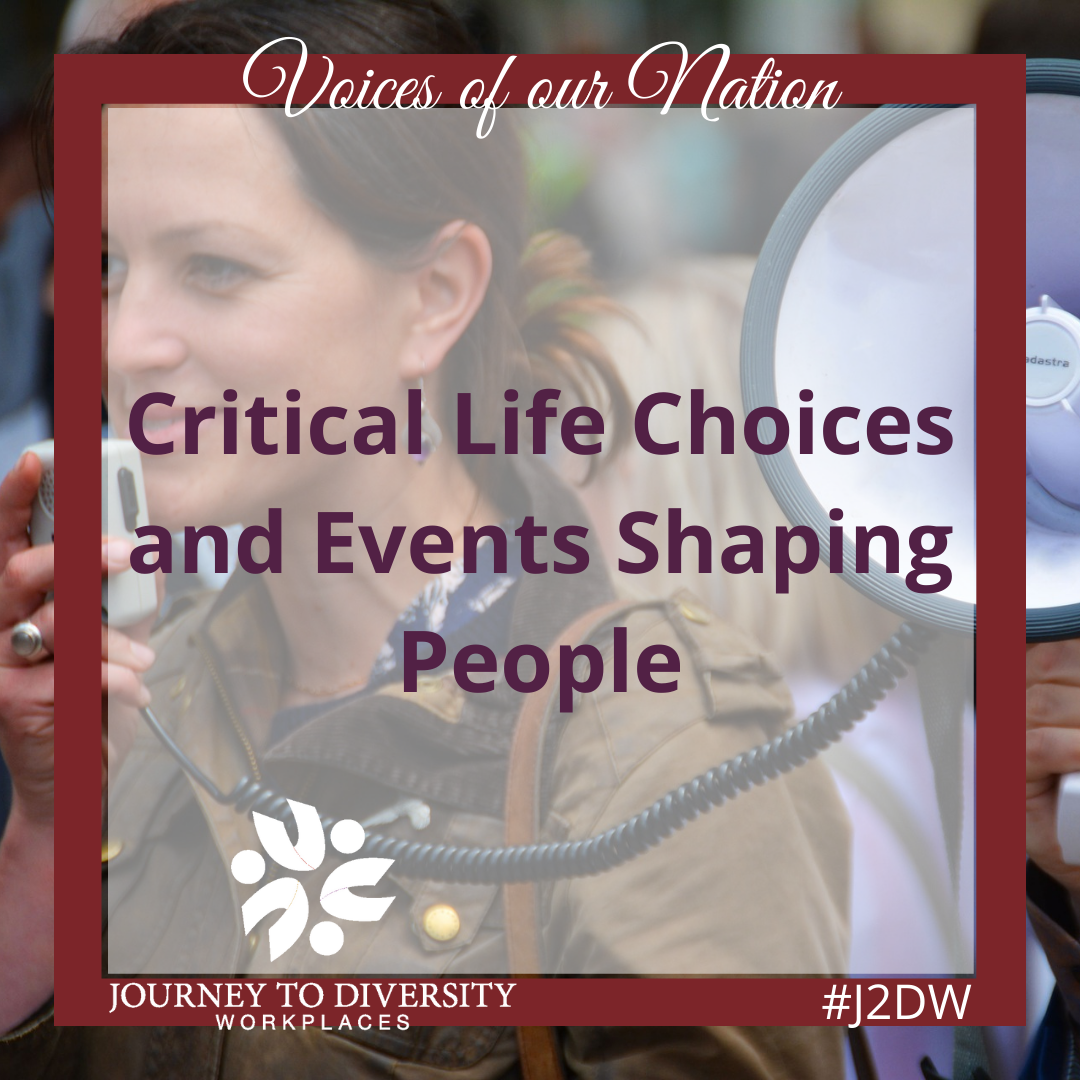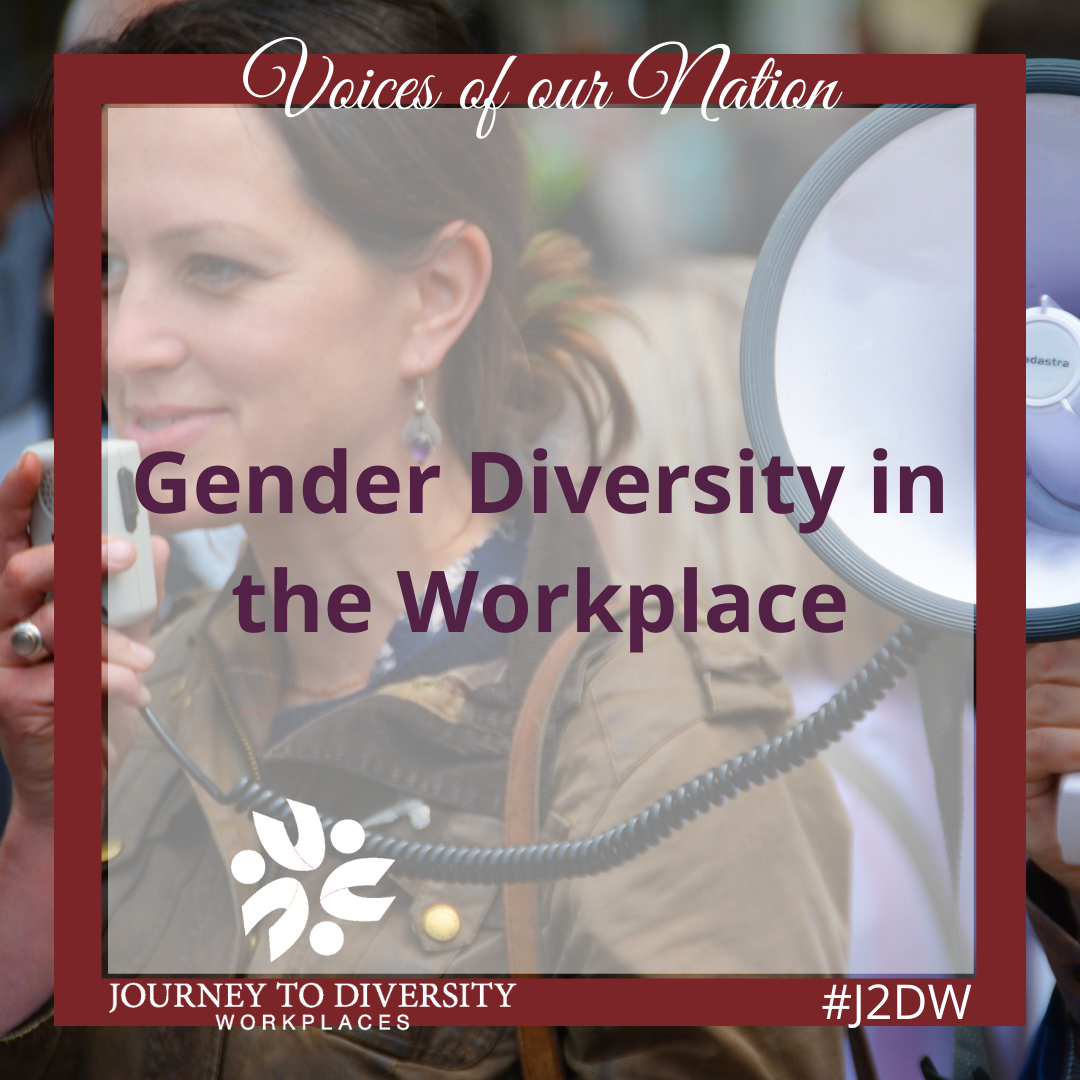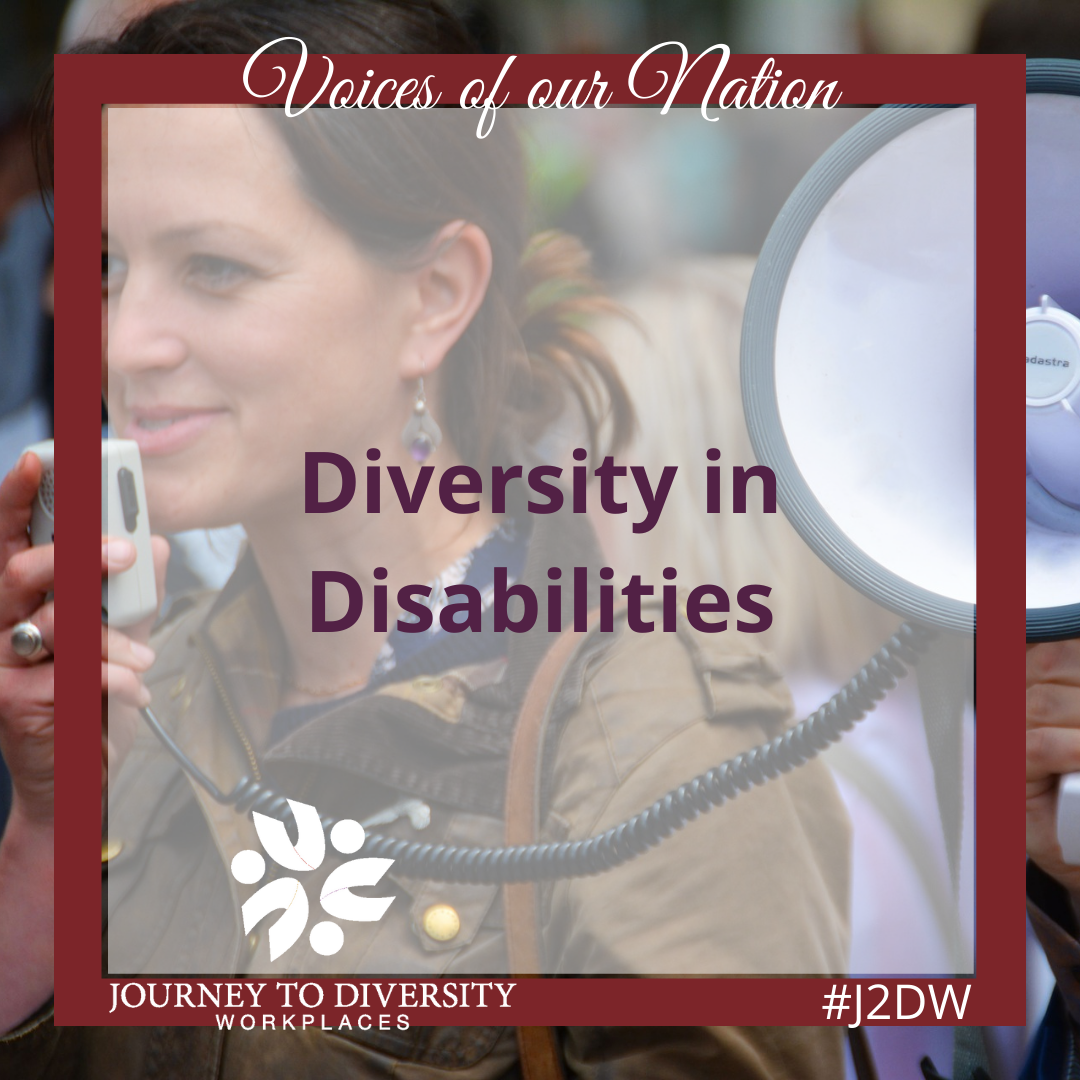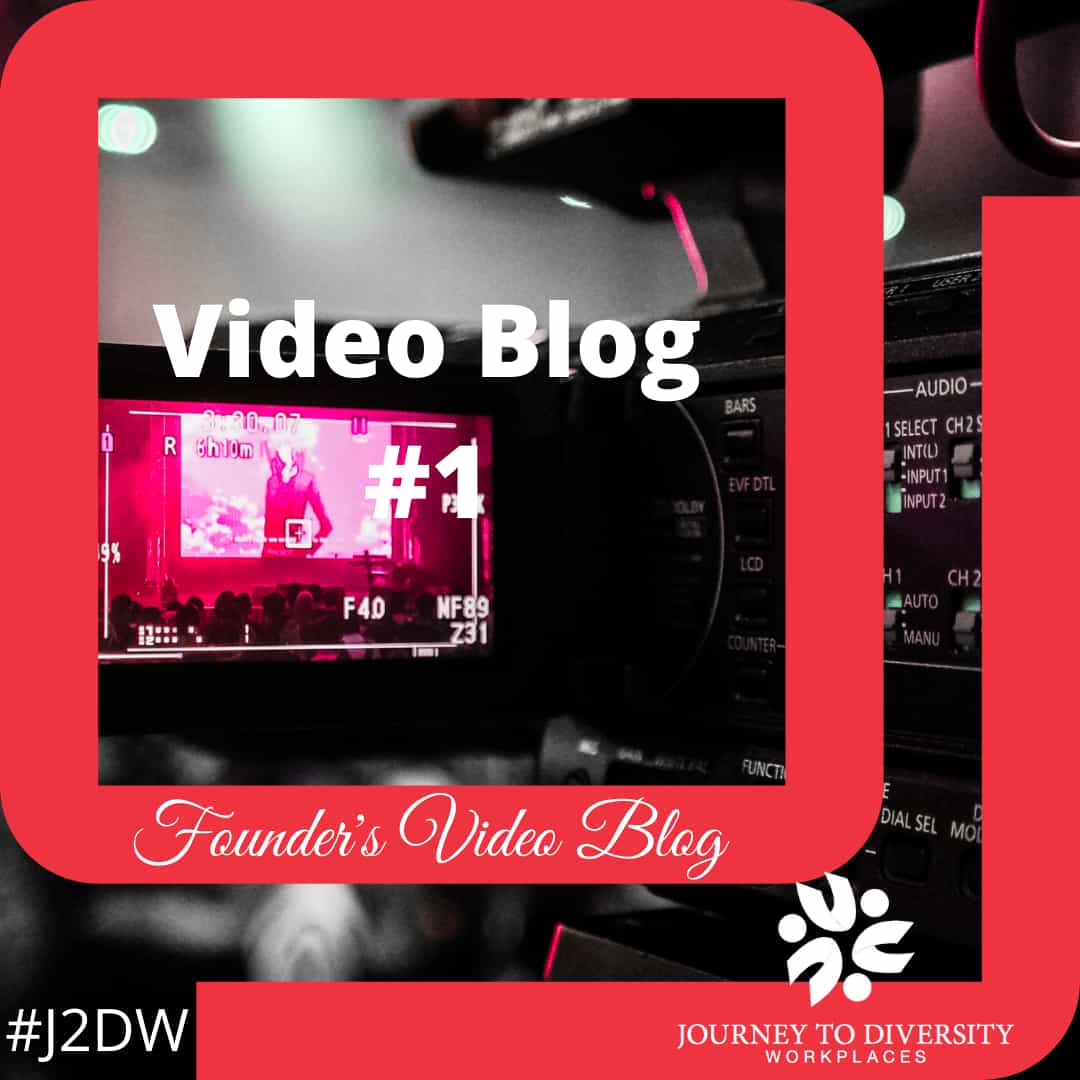Equality is ensuring individuals or groups of individuals are treated fairly and equally with no less favourable treatment, specific to their needs, including areas of race, gender, disability, religion or belief, sexual orientation and age than any other employee receives. Diversity recognizes, respects and values peoples’ differences to contribute and understand their full potential by promoting an inclusive workplace atmosphere for employers and employees. It is essential that our culture respects and includes people from different backgrounds. An inclusive workplace would help organizations to create better products, spread new markets, and gain more resources which will strengthen the organization.
Workplace equality and workplace diversity are very different concepts. However, equality in the workplace is largely dependent on an acceptance of diversity in order for there to be equal treatment in the work environment. An equality of opportunity means that qualified people have the same chances of landing a job, being promoted, and contributing ideas that are acted upon in the workplace. Workplace equality can be promoted by examining the hiring and promotion practices to ensure that minorities have as much opportunity as non-minorities. In addition, an organization should have strong policies that ensure employees treat each other fairly. Workplaces should have zero tolerance for discrimination and harassment, equal pay for equal work, and reasonable accommodations for their disabled employees.
Every employer and employee should be willing to accomplish their fair share of the work in workplaces. My previous employers have fairly worked with me to ensure that I was able to complete the assigned tasks while still maintaining an equal workload that was reasonably comparable to the workload assigned to other employees. Those experiences have taught me that communication is a very element that assists workplaces to be successful. However, there still are some significant accessibility that could be better addressed which has caused less employment opportunities to be available to me in this American town. Progress has been made to raise awareness of workplaces issues, but certainly more effort could be made to further address the awareness of these vital issues globally within our workplaces.
This article was contributed by volunteer blogger Shan Simpson.

